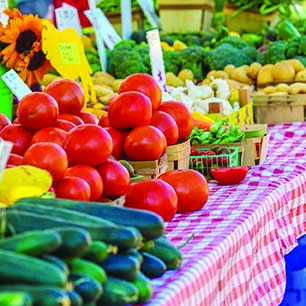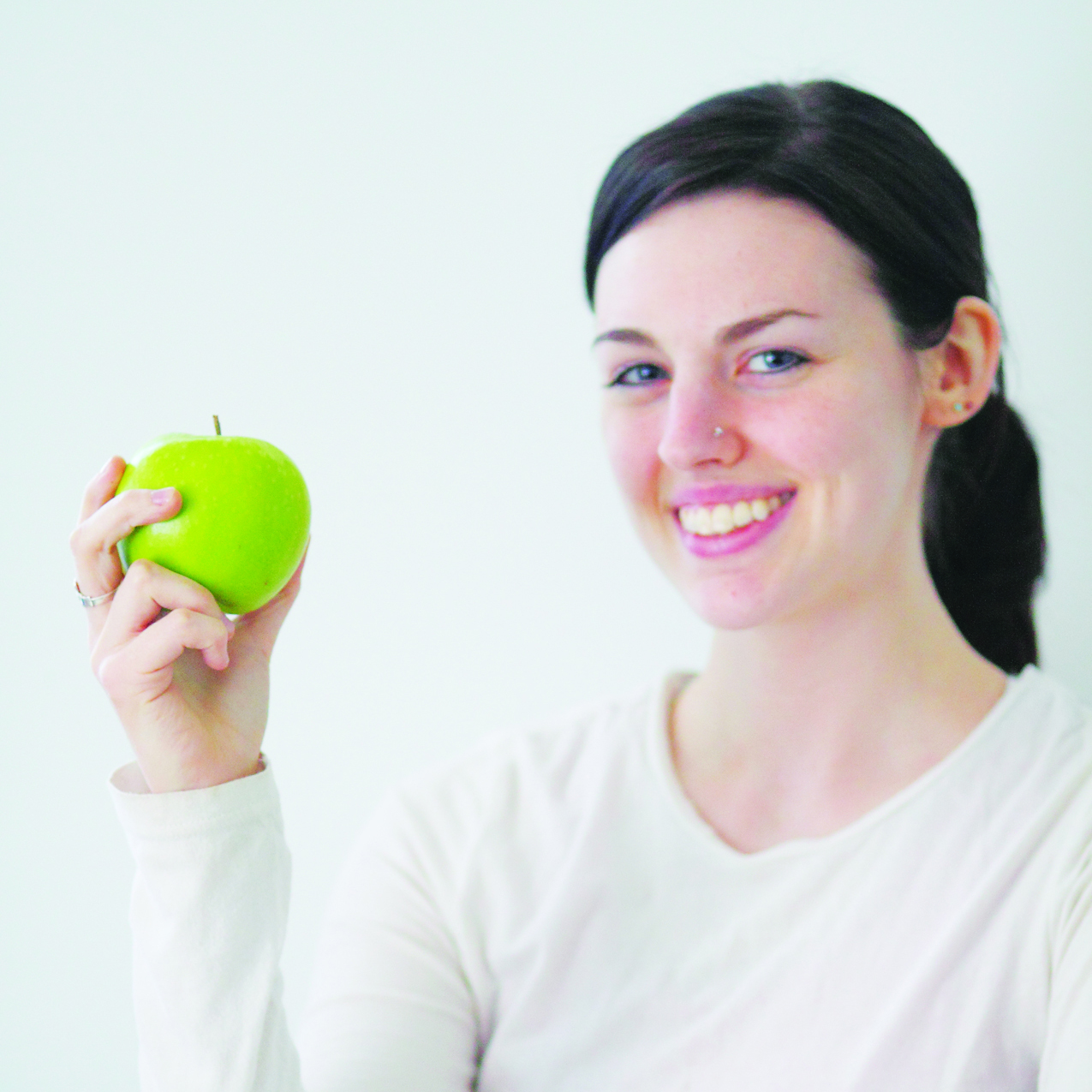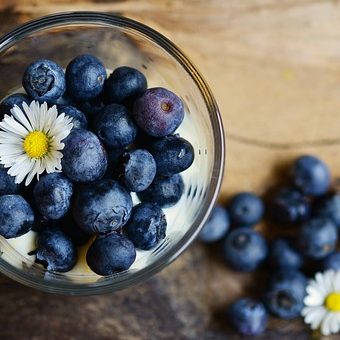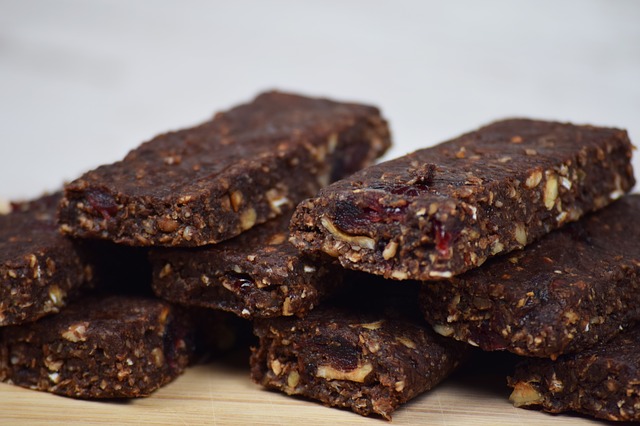Farmers markets have grown in popularity in recent years. Nowadays, consumers interested in farmers markets can likely find one near their homes whether those homes are in rural communities, the suburbs or bustling cities.
People who have never before shopped farmers markets may be curious as to why many people find them so appealing. The following are a handful of benefits of shopping farmers markets that might turn market novices into full-fledged devotees.
• Freshness:
Many people visit farmers markets because the fruits and vegetables sold at such markets seem to taste more fresh than those sold at chain grocery stores. People are not mistaken, as the produce available at farmers markets often comes from local farms, meaning there’s no long-distance shipping necessary. Locally sourced foods need not be frozen en route to the market, meaning foods purchased there tend to taste especially fresh.
• In-season foods:
Some grocery stores may sell fruits and vegetables even when those foods are out of season. Farmers markets only sell in-season fruits and vegetables. To grow fruits and vegetables out-of-season, farmers may need to rely on chemicals or other unnatural methods. No such means are necessary when farmers stick to growing foods in-season.
• Environmental benefits:
According to the Center for Urban Education about Sustainable Agriculture, food in the United States travels an average of 1,500 miles to get to consumers’ plates. Such journeys burn natural resources, pollute the air and produce sizable amounts of trash that ultimately ends up in landfills and/or the world’s oceans. Because food sold at farmers markets is locally sourced, considerably fewer natural resources are necessary to transport the food from farm to table, and the relatively short distances the food travels translates to less air pollution.
• Biodiversity:
Many farmers market shoppers find unique foods not readily available at their local grocery stores. This is not only a great way to discover new and delicious foods, but also a way to promote biodiversity.
• Hormone-free animal products:
Farmers markets do not exclusively sell fruits and vegetables. Many farmers markets also are great places to find meats, cheeses and eggs. Animal products sold at farmers markets are typically antibiotic- and hormone-free, which is both more humane to the animals and healthier than animal products produced with hormones or antibiotics.
Farmers markets are more accessible than ever, and the benefits to shopping such markets are endless.





 percent cocoa.
percent cocoa.














